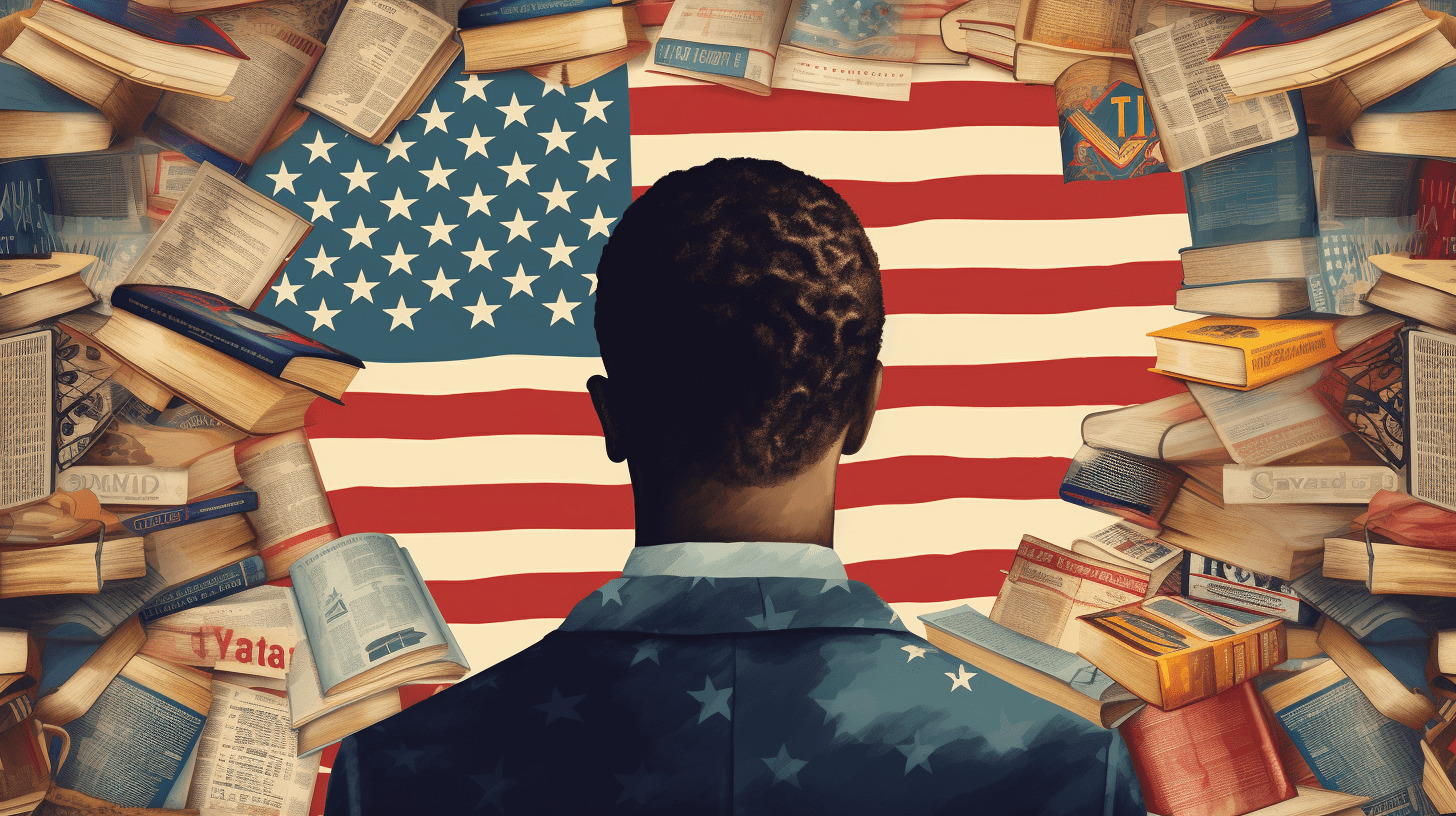
The United States has long been celebrated as a “melting pot” where diverse cultures, traditions, and identities meld together. This rich confluence is nowhere more evident than in the nation’s linguistic landscape. While English remains the dominant language, there’s an astounding mosaic of languages spoken within American homes that paint a vibrant picture of the nation’s demographic composition.
According to the U.S. Census Bureau, more than 350 languages are spoken in American households. This incredible linguistic diversity is not just a statistical fact but an audible testament to the nation’s vast immigrant heritage. From the bustling streets of New York City, where you might hear snippets of conversations in Mandarin, Bengali, or Haitian Creole, to the vast expanses of Texas where Spanish echoes resonate, America is a symphony of languages.
Many of these languages have been carried over from distant shores by waves of immigrants seeking the American dream. These linguistic strands weave a story of resilience, aspiration, and the quest for a better life. They tell tales of families who’ve held onto their native tongues as a cherished link to their past, even as they build a future in a new homeland.
In many urban centers, there are entire neighborhoods where a visitor might feel as though they’ve stepped into another country. Take for instance, the rich tapestry of languages heard in the markets of Los Angeles, ranging from Armenian to Tagalog. These linguistic pockets serve as comforting zones for immigrants, places where they can converse, trade, and live in the familiar sounds of their homeland. Such enclaves also provide a bridge for the younger generation, helping them connect with their ancestral roots.
But it’s not just about preservation. The multiplicity of languages has enriched the American culture in myriad ways. Multilingualism fosters cognitive benefits, cultural empathy, and opens doors to a wealth of literature, music, and art from around the world. Moreover, in an increasingly globalized world, being a polyglot is a prized asset, and America’s linguistic wealth positions it favorably on the world stage.

The multiplicity of tongues spoken in the U.S. also raises important questions about education and integration. Many schools now offer dual language programs, recognizing the value of bilingualism. Such initiatives not only cater to the needs of non-English speaking students but also offer English speakers a chance to immerse themselves in another language, fostering mutual respect and understanding.
This multilingualism is a living testament to America’s enduring allure as a land of opportunity and its ability to absorb, adapt, and evolve. The vibrancy of languages spoken here is a reflection of its people’s diverse origins and the nation’s storied history of immigration. It is a sonorous affirmation of the United States’ multicultural identity, where every language adds a unique note to the grand orchestral composition that is America.







